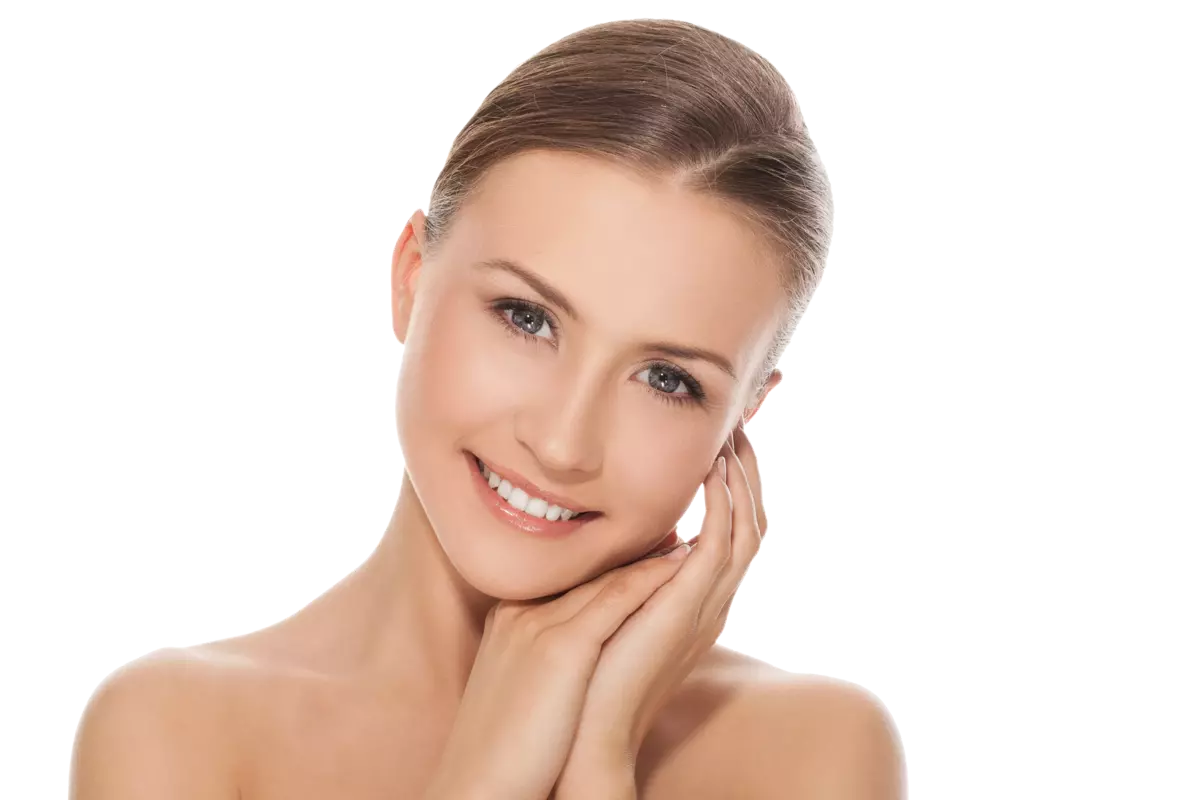Does RF liposuction help reduce cellulite?
Does RF Liposuction Help Reduce Cellulite?
Cellulite, commonly known as “orange peel skin,” is an aesthetic concern that affects both slim individuals and those with excess body fat. It develops due to uneven fat distribution, water retention, and weakened collagen fibers. RF liposuction (radiofrequency liposuction) is one of the most advanced methods for effectively reducing cellulite, improving skin elasticity, and supporting skin regeneration.
How Does RF Liposuction Work on Cellulite?
RF liposuction uses radiofrequency waves to heat deep skin layers and fat tissue. This process targets cellulite in several key ways:
- Heating fat cells – high temperatures cause fat cells to break down, allowing them to be gradually eliminated by the body.
- Improving microcirculation – radio waves enhance blood and lymph flow, helping to remove toxins and excess fluids accumulated in the tissues.
- Stimulating collagen and elastin production – heat activates fibroblasts, improving skin firmness and making it smoother and tighter.
- Reducing swelling and fluid retention – RF liposuction supports lymphatic drainage, decreasing water retention, which is often a key factor in cellulite formation.
Effects of RF Liposuction on Cellulite Reduction
RF liposuction delivers multidimensional results in the fight against cellulite:
- Reduced visibility of “orange peel skin” – by firming the skin and smoothing its texture, cellulite becomes less noticeable.
- Enhanced skin tightness – increased collagen and elastin production restores skin elasticity, preventing further cellulite development.
- Breakdown of fat deposits – RF liposuction not only reduces cellulite but also helps contour the body by eliminating fat tissue.
- Smoother and rejuvenated skin – after the treatment, the skin becomes softer, more elastic, and well-hydrated.
Does RF Liposuction Work on All Types of Cellulite?
Cellulite appears in different forms, and RF liposuction effectively treats most of them:
- Water retention cellulite – caused by excess fluid accumulation, often seen in slimmer individuals. RF liposuction improves lymphatic circulation, reducing swelling and puffiness.
- Fat-based cellulite – results from excessive fat storage. RF liposuction helps break down fat cells and accelerate their removal.
- Fibrotic cellulite – the most difficult to treat, characterized by hard, painful lumps under the skin. RF liposuction softens fat tissue, making it easier to reduce.
How Often Should RF Liposuction Be Performed for Best Results?
To achieve optimal cellulite reduction, a series of treatments is recommended:
- Usually 6-10 sessions spaced 7-10 days apart, depending on the severity of cellulite.
- Results become visible after a few sessions, but full effects appear after completing the entire treatment series.
- Maintenance treatments are advised every few months, especially if cellulite tends to reappear.
Is RF Liposuction Safe for the Skin?
RF liposuction is considered a safe cellulite reduction method because:
- It does not require surgery – there is no need for anesthesia or downtime.
- Minimal side effects – slight redness or warmth may occur but typically disappears within a few hours after treatment.
- It can be applied to multiple areas of the body – thighs, buttocks, abdomen, arms, and even the chin.
In Our Opinion
RF liposuction is an effective and safe method for reducing cellulite, addressing multiple causes at once. The treatment improves microcirculation, reduces fat deposits, stimulates collagen production, and helps eliminate toxins, resulting in smoother, firmer, and more toned skin. Visible results can be achieved after just a few sessions, and regular treatments help maintain long-term effects. This is an excellent alternative for those looking to enhance their skin’s appearance without undergoing invasive surgical procedures.
Compendium of knowledge about RF Radiofrequency Thermolifting
- What is RF liposuction?
- How does RF liposuction differ from traditional surgical liposuction?
- How does thermolifting affect the skin?
- What results can be achieved with RF liposuction?
- What are the main benefits of thermolifting?
- Does RF liposuction help reduce cellulite?
- How long do the effects of thermolifting last?
- How many RF liposuction sessions are needed to see results?
- Are RF treatments painful?
- What are the contraindications for RF liposuction and thermolifting?
- Does the skin become firmer after RF liposuction?
- How long does a single RF liposuction or thermolifting session last?
- Can you return to normal activities after an RF treatment?
- What areas of the body can undergo RF liposuction?
- Can thermolifting be performed on the face and neck?
- Is RF liposuction effective for body contouring?
- What are the post-treatment recommendations for maintaining RF results?
- Does RF liposuction help firm the skin after weight loss?
- Does RF liposuction require special preparation before the procedure?
- How quickly can the first effects of thermolifting be seen?
